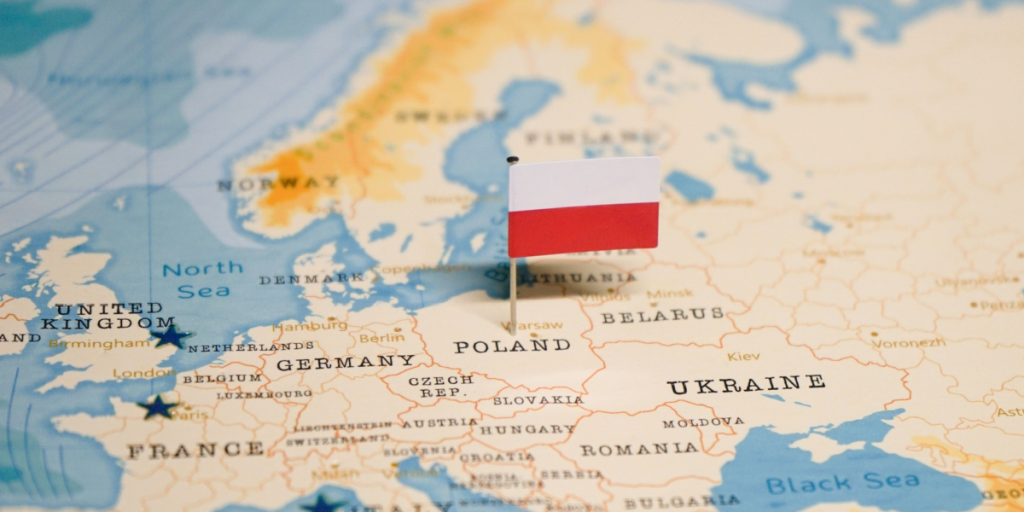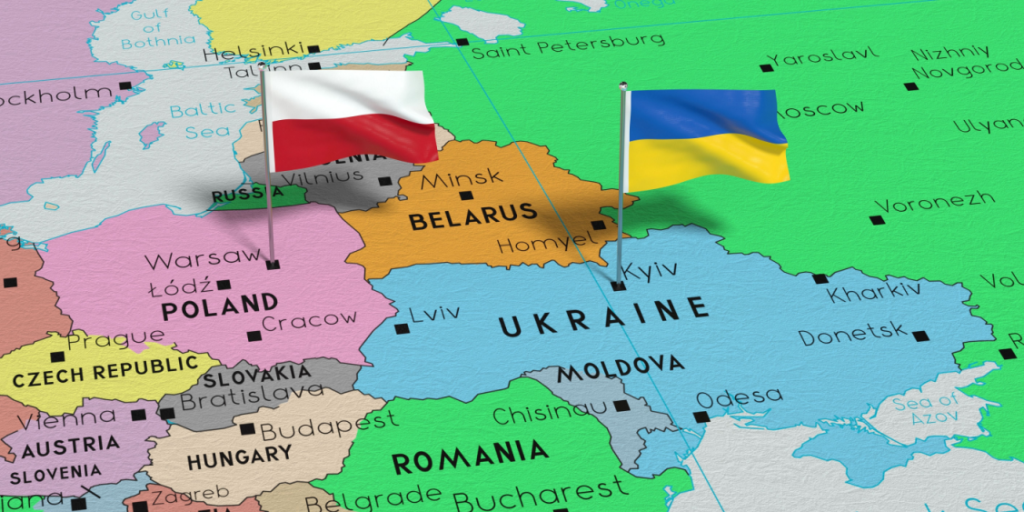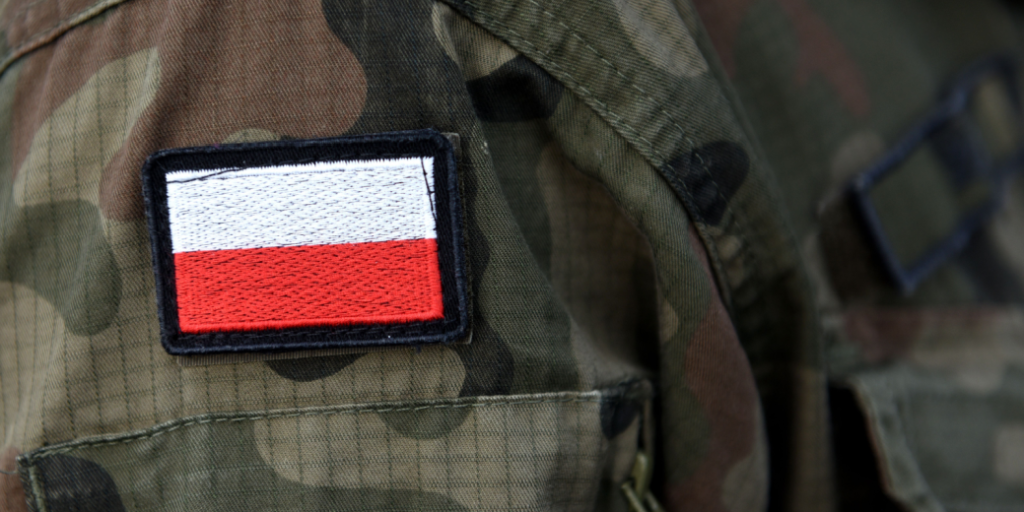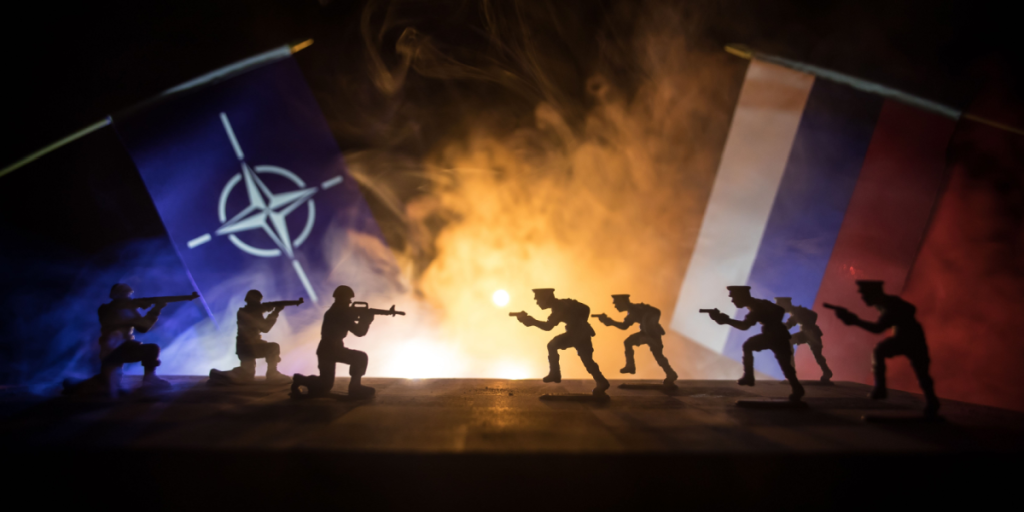There has been a surge in misinformation since the Russian drone assault on Poland last week.
Others are reading now
There has been a surge in misinformation since the Russian drone assault on Poland last week.
What is happening?

Kremlin spokesperson Dmitry Peskov declared on Sept. 15 that NATO countries are effectively “at war” with Russia due to their support for Ukraine.
“NATO is at war with Russia; this is obvious and needs no proof,” he told reporters, doubling down on the long-standing Russian narrative that Western aid to Kyiv equals direct involvement in the war.
Poland downs Russian drones

Peskov’s comments came just days after Poland confirmed it had shot down Russian drones that entered its airspace—marking the first publicly known case of a NATO member intercepting Russian military hardware on its own soil.
Disinformation surge dollows drone incident

Polish analysts quickly flagged a wave of disinformation following the drone incursion.
Also read
Claims ranged from suggesting the incident drew Poland into war with Russia, to outright denial that it ever occurred.
Coordinated psykological operations

According to Poland’s national research institute NASK, the Kremlin’s narrative aligns closely with organized disinformation efforts from Russian and Belarusian sources.
These campaigns aim to amplify public fear and portray NATO members as active participants in the war, potentially fueling panic and distrust.
False claims target Poland’s role in the war

A recurring theme in the disinformation push is the false assertion that Poland is now “at war” with Russia.
Analysts warn that this messaging could destabilize public opinion and create confusion about Poland’s actual role—which remains supportive but non-combative.
Also read
Poland has consistently provided military and financial aid to Ukraine without entering the conflict directly.
Russia pushes mixed and contradictory narratives

NASK identified multiple, often contradictory storylines in the Russian disinformation space.
Some sources denied the drone incident happened, while others blamed Ukraine, claiming it was a “false flag” meant to drag NATO into war.
Polish military and state institutions under fire

Several narratives also tried to undermine Poland’s military capability and decision-making.
They painted the Polish armed forces as unprepared and the government as reckless or manipulated.
Also read
These attacks appear designed to weaken public trust in national institutions and fracture unity within NATO.
Psychological warfare on social media

Res Futura, a Polish NGO, reported that the drone incident triggered a coordinated psychological operation (PSYOP).
Its analysis showed repetitive, emotion-driven narratives spreading rapidly on social media—hallmarks of planned influence campaigns.
One narrative blaming Ukraine for a “provocation” led the online chatter, accounting for 38% of posts analyzed.
Romania also targeted

Poland isn’t alone. On Sept. 13, Romania scrambled F-16s after detecting a Russian drone breaching its airspace.
Also read
Ukrainian President Volodymyr Zelensky said the drone stayed in Romanian territory for nearly an hour.
EU officials, including Kaja Kallas, called it a “reckless escalation” by Moscow.
NATO Article 4 triggered, missions launched

In response to the airspace violations, Poland invoked NATO’s Article 4, which enables member states to consult when they feel threatened.
NATO has since launched its Eastern Sentry mission, increasing presence, troop build-up and air defense on the alliance’s Eastern flank.
Meanwhile, talk of installing air defenses in Ukrainian airspace is back on the table, despite warnings from former Russian President Dmitry Medvedev that such moves could provoke open war.


